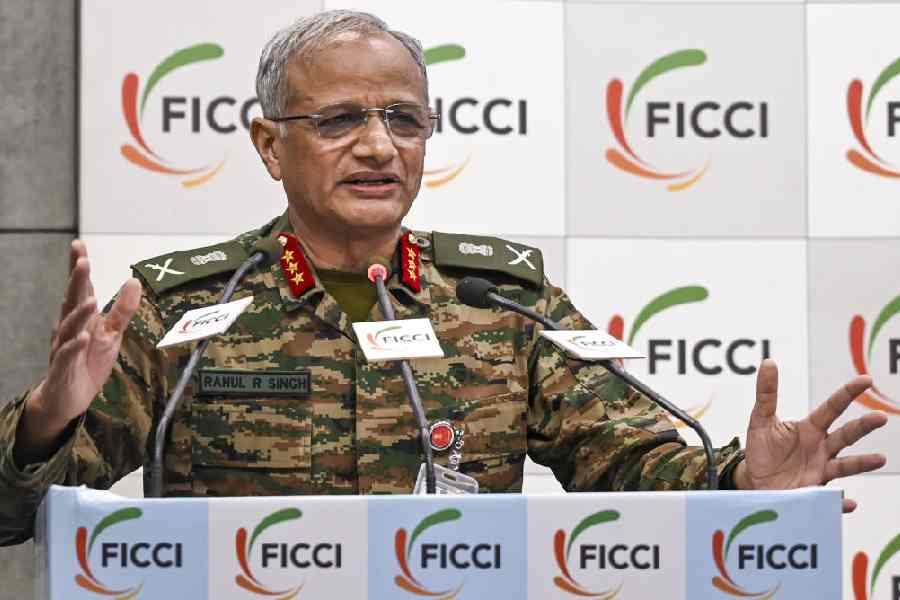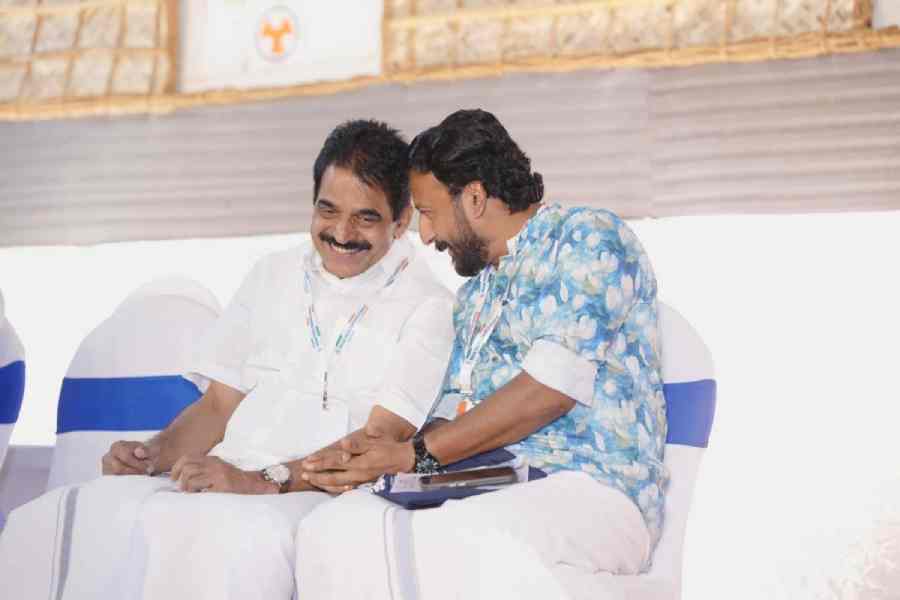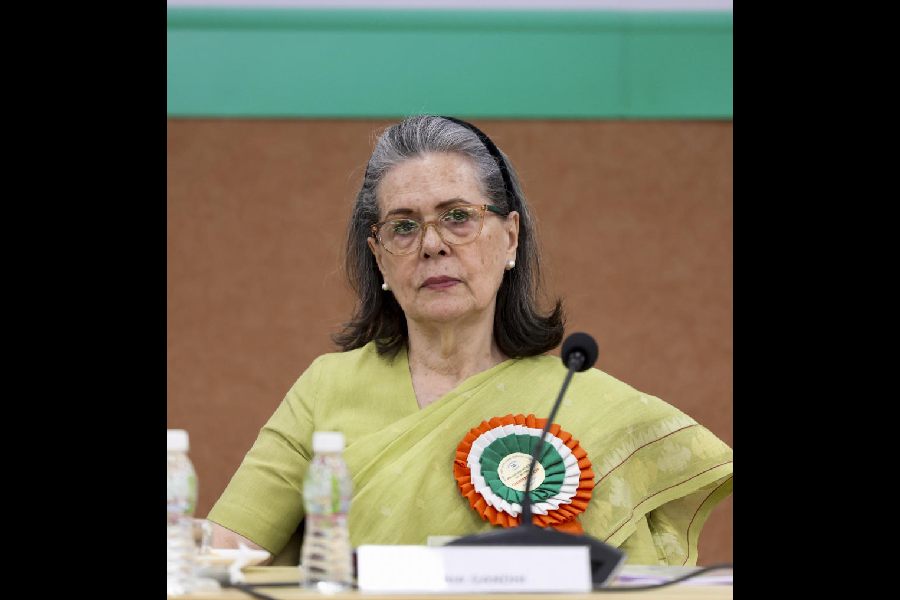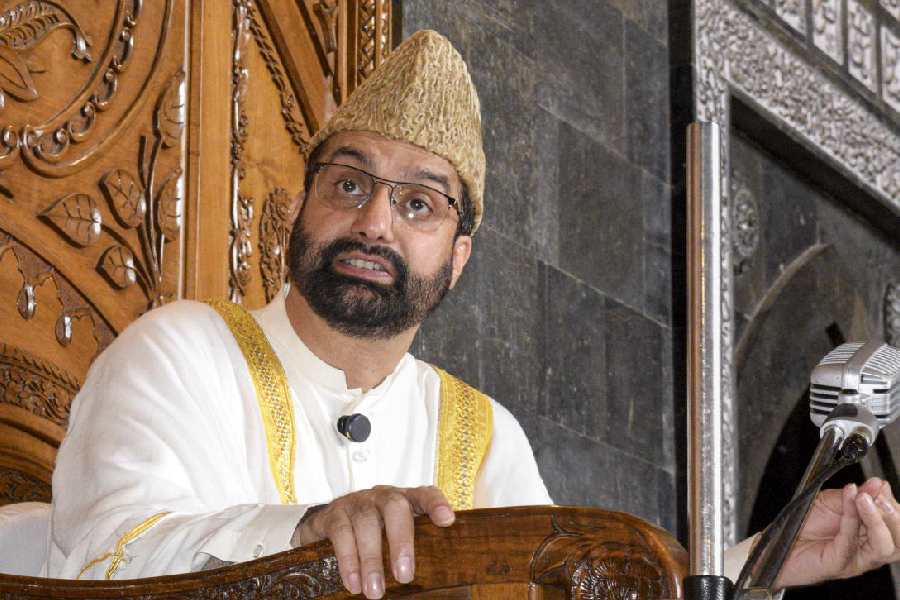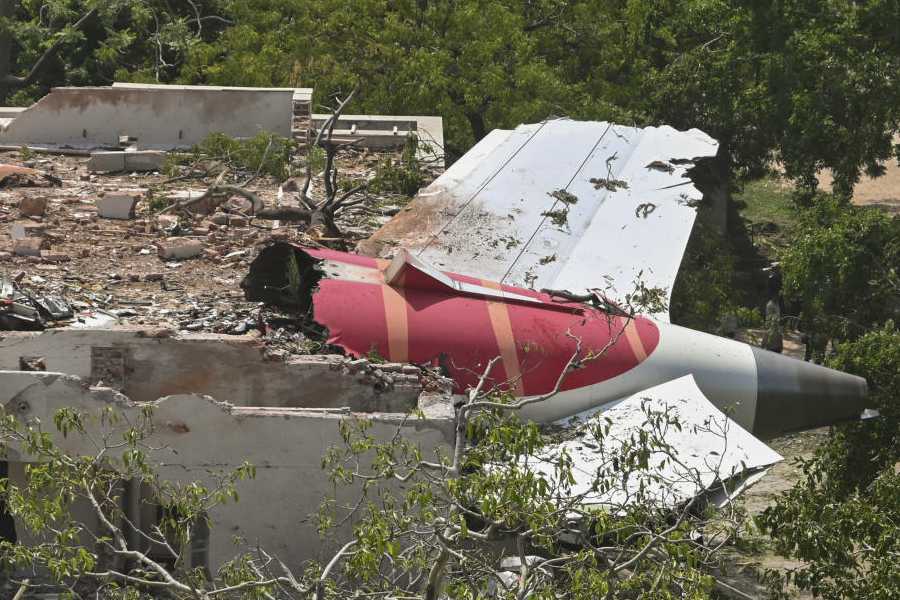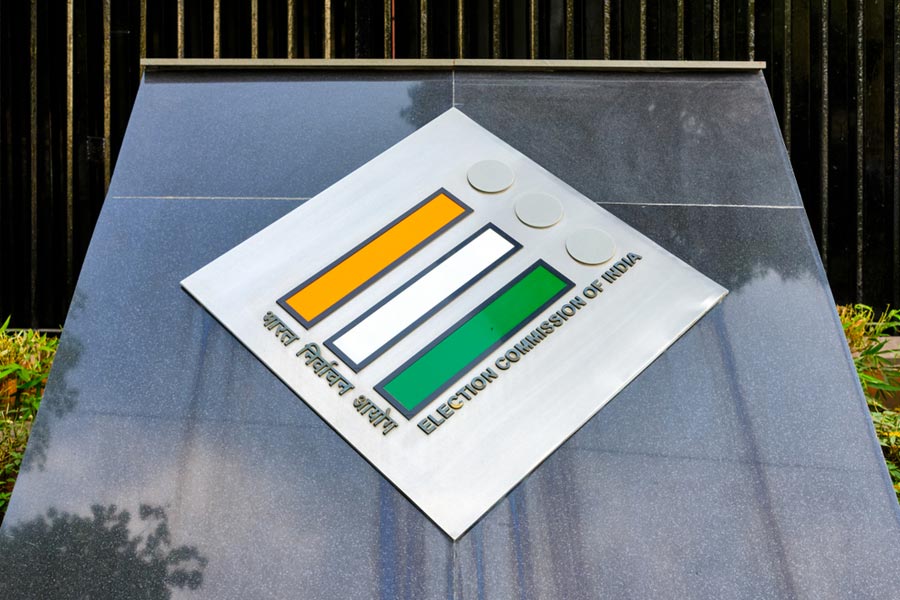Many years ago, during a visit to, what was then Bombay, I had one of the most amazing meals ever. We had been invited to lunch by a friend’s friend, who belonged to the Bohra Muslim community. The meal, I recall, went on for ever. And more memorable still was the fact that it consisted of one delicious dish after another.
It was déjà vu time when I went for lunch at The Park in New Delhi the other day. The meal had had been prepared by three Bohra chefs who had got together to present a most delectable feast of Bohri dishes. Two had flown in from Surat, where Bohra Muslims reside in large numbers, while the third, Murtaza E. Saifee, is originally from the Gujarat city but is now based in Delhi.
Since my first meal, I’ve often wondered about Bohri food. So, it was quite a pleasure to discuss the cuisine of a community that came to India centuries ago from Yemen. Some of the dishes, chef Murtaza holds, owe their roots to Yemen. Among them is a dish called sola khichri — cooked in milk with two kinds of dals and rice, boiled baby potatoes, green peas and tomatoes.
Not surprisingly, their food is a bit different from other Muslim cuisines — such as the food from Awadh or Hyderabad. The food is lighter, and most dishes are flavoured with a few basic spices. “Of course, that doesn’t mean we don’t have dishes cooked with heavy spices. Some of our gosht (meat) curries, for instance, are rich in spices,” he says.
And it doesn’t mean that there are no similarities with other Muslim food streams either. The Bohri kassak, for instance, is a variation of the haleem, which is a delectable porridge-like dish of wholewheat and meat cooked into a thick gruel. And there are a great many rice dishes too — including, apart from the sola khichri, something called ek handi ke dal chawal — cooked with rice and arhar dal.
 |
| Kassak |
What I like about Bohri food is the tweak it gives to dishes that are popular in other community kitchens as well. Take the mutton cutlet, which is such an integral part of the Bengali cuisine. The mutton cutlets cooked by Bohra Muslims — who are a small but prominent and prosperous community in Mumbai too — have a similar, yet different taste. And one of the reasons for that is the crust. Instead of breadcrumbs or plain bread, they use semolina powder and bread — which give the cutlet a crunchy yet soft texture.
Another characteristic of the food — especially the cuisine that’s taken root in Gujarat — is the local influences that it has soaked in over generations. Chef Murtaza, who heads the restaurant Fire in the hotel, tells me that like many Gujarati delicacies, some Bohri dishes use a bit of tamarind and jaggery for that sweet and tart taste. The chana batata — black gram with potatoes — has both the flavours of tamarind and jaggery.
One of my favourite dishes is the dabba gosht. This is a meat dish where the chefs seal the flavours of the meat, vegetables and spices by pouring whisked egg and hot ghee over it. The result is mouth-watering.
One of the aspects of a Bohri meal that would tempt those with a sweet-tooth is that it begins with a dessert. Chef Murtaza says this is essentially because sweet is considered auspicious — “It’s auspicious to have something sweet as your first bite”. In times of death, a prayer is attached to the sweet to propitiate the spirits.
It’s always nice to look at the world from a different perspective. After all, a meal doesn’t have to end with a sweet —it can always start with one. Doesn’t a sweet beginning wield the some kind of a magic that a sweet end does?
Dabba Gosht (serves 3)
Ingredients:
• 100g diced carrots • 100g diced beans • 100g fresh green peas • 1 finely sliced tomato • 100g diced green capsicum • 500g mutton boti • 3 eggs • 20g refined flour • 50g noodles • 100g ginger paste • 150g garlic paste • 50g chopped green chillies • 10g black pepper powder • 5g cumin powder • 5g chopped coriander leaves • 20g ghee lsalt to taste
 |
Method:
Heat the ghee (leaving a bit aside) in a pan. Fry most of the garlic and ginger pastes and green chillies. Add the refined flour and 2 eggs. Mix and cook for a bit, sprinkling a bit of water if needed. Lower the heat and add the vegetables (barring the tomatoes), jeera powder, black pepper powder and noodles. Cook till the vegetables get done. Boil the mutton (cut into small pieces) separately with some ginger-garlic paste and salt. Add this to the mixture and cook for a few minutes. Add the chopped coriander and pour the mixture in a small baking tray or aluminium foil container. Beat the remaining egg. Pour it on top of the mixture and then layer it with sliced tomatoes. Pour crackling hot ghee over it and bake in the oven for a minute. Remove from the oven and serve hot after flipping it over on a plate.
Channa Batata (serves 3)
Ingredients:
• 150g black channa • 300g potatoes cut into cubes • 2g mustard seeds • 4-5 curry leaves • 10g tamarind pulp • 15g jaggery • 2g haldi • 70g ghee • l70g besan • 4g coriander powder • 3g cumin powder • 3g deghi mirch powder • salt to taste
 |
Method:
Heat ghee in a pan and roast the besan for a few minutes. Add all the powder masalas and a bit of water and simmer for a while. Boil the channa and the potatoes separately. Add these to the mixture and cook till they get well coated with the masalas. Now add the tamarind pulp, jaggery, mustard seeds and curry leaves and cook for a few more minutes. Check the salt and serve, garnished with chopped mint, coriander and crispy brown onions.


